Almond fruit, scientifically known as Prunus dulcis, is a highly regarded nut that offers numerous health benefits. Not only do almonds serve as a popular snack option, but they are also widely used in the culinary world for their versatile nature. Beyond their delicious taste, almonds are packed with essential nutrients, making them a valuable addition to a balanced diet. This article aims to delve into the nutritional composition and health benefits of almond fruit, highlighting its positive impact on human health and overall well-being. Nutritional Composition of Almond Fruit: 1. Macronutrients: – Protein: Almonds are a rich source of plant-based protein, containing around 21% protein content. This makes them an excellent choice for vegetarians and vegans. – Fat: Almonds are high in monounsaturated fats, specifically oleic acid, which has been linked to reducing the risk of heart disease. Additionally, they are naturally low in saturated fats. – Carbohydrates: Almonds contain carbohydrates, although in relatively small amounts compared to other nuts. The carbohydrates present in almonds primarily consist of dietary fiber, which aids digestion and promotes satiety. 2. Micronutrients: – Vitamin E: Almonds are one of the best sources of vitamin E, a potent antioxidant that protects cells from damage caused by free radicals. Vitamin E also promotes healthy skin and acts as an immune booster. – Magnesium: Almonds are packed with magnesium, a mineral essential for over 300 biochemical reactions in the body. Magnesium aids in nerve function, blood pressure regulation, and bone health.
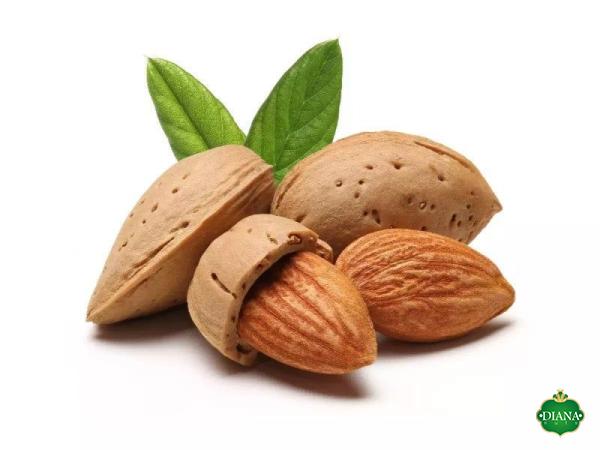
nut
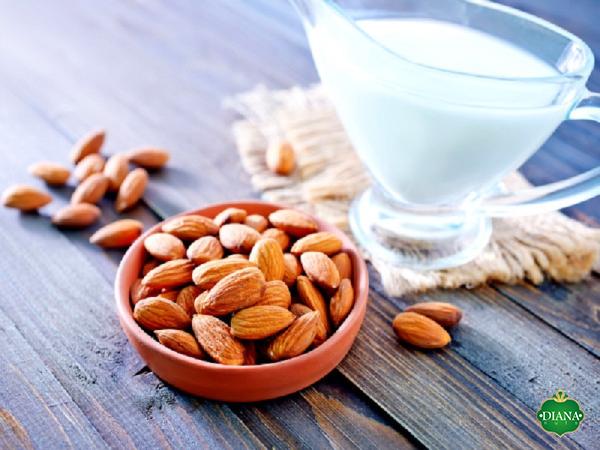 – Calcium: Almonds contain calcium, contributing to optimal bone health and development. They are particularly beneficial for individuals who are lactose intolerant or choose to avoid dairy products. – Iron: Almonds are a good source of non-heme iron, which is a form of iron found in plant-based foods. Iron is vital for red blood cell production and overall energy levels. – B vitamins: Almonds contain various B vitamins, including riboflavin, niacin, and folate. These vitamins contribute to energy production, brain function, and the synthesis of DNA. Health Benefits of Almond Fruit: 1. Heart Health: – Reduced risk of cardiovascular disease: The monounsaturated fats and antioxidants present in almonds can help lower LDL (bad) cholesterol while promoting the increase of HDL (good) cholesterol levels. This can lead to a decreased risk of heart disease and improved cardiovascular health. – Blood pressure management: The magnesium content in almonds helps control blood pressure levels, reducing the risk of hypertension and associated complications. 2. Weight Management: – Satiety: Almonds are a filling snack due to their high fiber and protein content. Including almonds in a balanced diet can promote feelings of fullness and reduce overeating, aiding weight management efforts. – Metabolism boost: Almonds contain nutrients that support proper metabolism and energy production. This can contribute to a healthier body weight and overall metabolism. 3. Diabetes Management: – Blood sugar regulation: The naturally low glycemic index (GI) of almonds, along with their high fiber content, can help regulate blood sugar levels and improve insulin sensitivity. Incorporating almonds into a diabetic diet can assist in managing glucose control. 4. Bone Health: – Calcium and phosphorus content: Almonds contain significant amounts of calcium and phosphorus, which are essential minerals for maintaining bone health and strength. Regular consumption of almonds can contribute to strong bones and help prevent conditions like osteoporosis. 5. Brain Health: – Cognitive function: The vitamin E content in almonds has been linked to improved cognitive function and may help reduce the risk of developing conditions such as Alzheimer’s disease. – Stress reduction: Almonds also contain various B vitamins, including riboflavin and niacin, which are involved in stress reduction and overall brain health. 6. Skin and Hair Health: – Antioxidant properties: Almonds’ high vitamin E content makes them excellent for nourishing the skin and protecting it against damage caused by environmental factors and aging.
– Calcium: Almonds contain calcium, contributing to optimal bone health and development. They are particularly beneficial for individuals who are lactose intolerant or choose to avoid dairy products. – Iron: Almonds are a good source of non-heme iron, which is a form of iron found in plant-based foods. Iron is vital for red blood cell production and overall energy levels. – B vitamins: Almonds contain various B vitamins, including riboflavin, niacin, and folate. These vitamins contribute to energy production, brain function, and the synthesis of DNA. Health Benefits of Almond Fruit: 1. Heart Health: – Reduced risk of cardiovascular disease: The monounsaturated fats and antioxidants present in almonds can help lower LDL (bad) cholesterol while promoting the increase of HDL (good) cholesterol levels. This can lead to a decreased risk of heart disease and improved cardiovascular health. – Blood pressure management: The magnesium content in almonds helps control blood pressure levels, reducing the risk of hypertension and associated complications. 2. Weight Management: – Satiety: Almonds are a filling snack due to their high fiber and protein content. Including almonds in a balanced diet can promote feelings of fullness and reduce overeating, aiding weight management efforts. – Metabolism boost: Almonds contain nutrients that support proper metabolism and energy production. This can contribute to a healthier body weight and overall metabolism. 3. Diabetes Management: – Blood sugar regulation: The naturally low glycemic index (GI) of almonds, along with their high fiber content, can help regulate blood sugar levels and improve insulin sensitivity. Incorporating almonds into a diabetic diet can assist in managing glucose control. 4. Bone Health: – Calcium and phosphorus content: Almonds contain significant amounts of calcium and phosphorus, which are essential minerals for maintaining bone health and strength. Regular consumption of almonds can contribute to strong bones and help prevent conditions like osteoporosis. 5. Brain Health: – Cognitive function: The vitamin E content in almonds has been linked to improved cognitive function and may help reduce the risk of developing conditions such as Alzheimer’s disease. – Stress reduction: Almonds also contain various B vitamins, including riboflavin and niacin, which are involved in stress reduction and overall brain health. 6. Skin and Hair Health: – Antioxidant properties: Almonds’ high vitamin E content makes them excellent for nourishing the skin and protecting it against damage caused by environmental factors and aging.
Specifications of nut
 – Hair strength: The vitamin E, proteins, and healthy fats found in almonds contribute to strong and healthy hair, reducing the risk of breakage and promoting hair growth. Conclusion: Almond fruit stands out as a nutritional powerhouse due to its remarkable composition and numerous health benefits. From maintaining heart health and managing weight to supporting bone health and promoting brain function, almonds offer a wide range of advantages. Incorporating almonds into a balanced diet can enhance overall well-being and contribute to a healthier lifestyle. Exploring the Culinary Applications of Almond Fruit Almond fruit’s nutritional profile and health benefits have made it a popular ingredient in the culinary world. Its versatility and unique flavor make it a favorite choice among chefs and home cooks alike. In this section, we will explore the various ways almond fruit can be incorporated into different dishes, providing both taste and health benefits. 1. Baking and Desserts: Almond fruit is widely used in baking, adding a delightful nutty flavor and texture to a range of recipes. From classic almond cookies to decadent almond tortes and cakes, almonds can elevate any dessert. Almond flour, made from finely ground almonds, is a popular gluten-free option used in baking cakes, cookies, and even pie crusts. Almond extract can also be used to infuse a delightful almond flavor into baked goods. 2. Snacks and Trail Mixes: Almonds make for a perfect on-the-go snack, providing a satisfying crunch and a boost of energy. Whether they are eaten raw, roasted, or flavored, almonds offer a nutritious alternative to processed snacks. Mixed with other nuts, dried fruits, and seeds, almonds can be incorporated into homemade trail mixes, creating a delicious and nutrient-dense snack option. 3. Nut Butter and Spreads: Almond butter is a popular and healthier alternative to traditional peanut butter. Made by grinding almonds into a smooth paste, almond butter is rich in healthy fats, protein, and fiber. It can be used as a spread on toast, in sandwiches, or as an ingredient in various recipes, such as smoothies and baked goods. 4. Salads and Dressings: Chopped or sliced almonds can add a delightful crunch and texture to salads, making them more satisfying and nutritious. Almonds pair well with both sweet and savory salads, bringing a unique flavor to dishes.
– Hair strength: The vitamin E, proteins, and healthy fats found in almonds contribute to strong and healthy hair, reducing the risk of breakage and promoting hair growth. Conclusion: Almond fruit stands out as a nutritional powerhouse due to its remarkable composition and numerous health benefits. From maintaining heart health and managing weight to supporting bone health and promoting brain function, almonds offer a wide range of advantages. Incorporating almonds into a balanced diet can enhance overall well-being and contribute to a healthier lifestyle. Exploring the Culinary Applications of Almond Fruit Almond fruit’s nutritional profile and health benefits have made it a popular ingredient in the culinary world. Its versatility and unique flavor make it a favorite choice among chefs and home cooks alike. In this section, we will explore the various ways almond fruit can be incorporated into different dishes, providing both taste and health benefits. 1. Baking and Desserts: Almond fruit is widely used in baking, adding a delightful nutty flavor and texture to a range of recipes. From classic almond cookies to decadent almond tortes and cakes, almonds can elevate any dessert. Almond flour, made from finely ground almonds, is a popular gluten-free option used in baking cakes, cookies, and even pie crusts. Almond extract can also be used to infuse a delightful almond flavor into baked goods. 2. Snacks and Trail Mixes: Almonds make for a perfect on-the-go snack, providing a satisfying crunch and a boost of energy. Whether they are eaten raw, roasted, or flavored, almonds offer a nutritious alternative to processed snacks. Mixed with other nuts, dried fruits, and seeds, almonds can be incorporated into homemade trail mixes, creating a delicious and nutrient-dense snack option. 3. Nut Butter and Spreads: Almond butter is a popular and healthier alternative to traditional peanut butter. Made by grinding almonds into a smooth paste, almond butter is rich in healthy fats, protein, and fiber. It can be used as a spread on toast, in sandwiches, or as an ingredient in various recipes, such as smoothies and baked goods. 4. Salads and Dressings: Chopped or sliced almonds can add a delightful crunch and texture to salads, making them more satisfying and nutritious. Almonds pair well with both sweet and savory salads, bringing a unique flavor to dishes.
buy nut
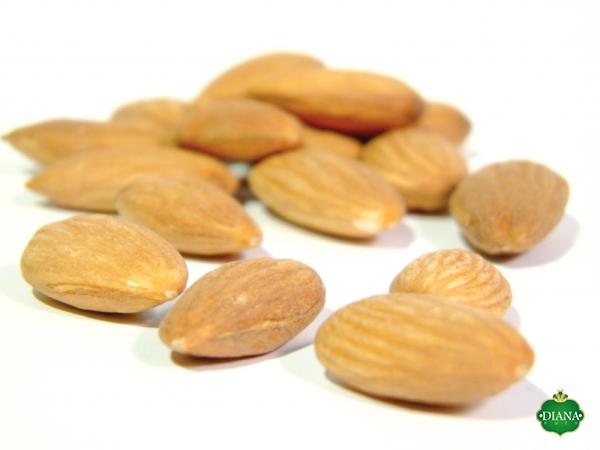 Additionally, almond oil can be used as a base for homemade dressings, adding a rich and nutty taste to salads. 5. Main Course Enhancements: Almonds can be incorporated into main course dishes, enhancing both flavor and nutritional value. Toasted almonds can be sprinkled on top of stir-fries, curries, and roasted vegetables, adding a delightful crunch. Almond crusted chicken or fish dishes offer a healthier alternative to breaded options, providing a crispy coating without the excessive use of oil. 6. Dairy Alternatives: Almond milk has gained popularity as a dairy-free alternative in recent years. Made by blending almonds with water and straining, almond milk provides a creamy texture and can be used in a variety of recipes, from smoothies and oatmeal to baking and cooking. Almond milk is also suitable for individuals with lactose intolerance or those who follow a vegan diet. 7. Almond Cheese: An increasingly popular plant-based alternative, almond cheese offers a dairy-free and vegan option for those looking to avoid animal products. Made by blending almond milk, nutritional yeast, and other ingredients, almond cheese can replicate the texture and taste of traditional cheese in a healthier way. It can be used on sandwiches, pizzas, or as a topping for pasta dishes. 8. Condiments and Sauces: Almond-based condiments and sauces provide a unique twist to traditional options. Almond pesto, made by blending almonds, fresh herbs, garlic, and olive oil, offers a flavorful alternative to traditional pesto. Almond sauces can also be used as a base for creamy pasta dishes or as a topping for roasted vegetables, adding a rich and nutty flavor. 9. Vegan Ice Cream: Almond milk serves as a base for many vegan ice cream varieties. When combined with sweeteners and flavors, almond milk creates a creamy and delicious frozen treat. Almond milk ice cream offers a plant-based alternative for those with dietary restrictions or those looking for a lighter and healthier dessert option. 10. Almond Toppings and Garnishes: Toasted almond slices or slivers can be used as toppings or garnishes for various dishes, adding not only an attractive visual appeal but also a nutty flavor to complement the overall taste. They can be sprinkled on top of salads, soups, yogurt, or even desserts, such as ice cream or cakes. In Conclusion: Almond fruit’s culinary applications are vast, allowing for creative and nutritious dishes across different cuisines and dietary preferences. From baking and snacks to main courses and condiments, almonds can enhance the flavor, texture, and nutritional value of a wide range of recipes. Whether used in their whole form, as flour, or as dairy alternatives, almond fruit adds a delicious and healthy touch to any dish. Experimenting with almond fruit in the kitchen can lead to delightful culinary creations that both nourish the body and please the taste buds.
Additionally, almond oil can be used as a base for homemade dressings, adding a rich and nutty taste to salads. 5. Main Course Enhancements: Almonds can be incorporated into main course dishes, enhancing both flavor and nutritional value. Toasted almonds can be sprinkled on top of stir-fries, curries, and roasted vegetables, adding a delightful crunch. Almond crusted chicken or fish dishes offer a healthier alternative to breaded options, providing a crispy coating without the excessive use of oil. 6. Dairy Alternatives: Almond milk has gained popularity as a dairy-free alternative in recent years. Made by blending almonds with water and straining, almond milk provides a creamy texture and can be used in a variety of recipes, from smoothies and oatmeal to baking and cooking. Almond milk is also suitable for individuals with lactose intolerance or those who follow a vegan diet. 7. Almond Cheese: An increasingly popular plant-based alternative, almond cheese offers a dairy-free and vegan option for those looking to avoid animal products. Made by blending almond milk, nutritional yeast, and other ingredients, almond cheese can replicate the texture and taste of traditional cheese in a healthier way. It can be used on sandwiches, pizzas, or as a topping for pasta dishes. 8. Condiments and Sauces: Almond-based condiments and sauces provide a unique twist to traditional options. Almond pesto, made by blending almonds, fresh herbs, garlic, and olive oil, offers a flavorful alternative to traditional pesto. Almond sauces can also be used as a base for creamy pasta dishes or as a topping for roasted vegetables, adding a rich and nutty flavor. 9. Vegan Ice Cream: Almond milk serves as a base for many vegan ice cream varieties. When combined with sweeteners and flavors, almond milk creates a creamy and delicious frozen treat. Almond milk ice cream offers a plant-based alternative for those with dietary restrictions or those looking for a lighter and healthier dessert option. 10. Almond Toppings and Garnishes: Toasted almond slices or slivers can be used as toppings or garnishes for various dishes, adding not only an attractive visual appeal but also a nutty flavor to complement the overall taste. They can be sprinkled on top of salads, soups, yogurt, or even desserts, such as ice cream or cakes. In Conclusion: Almond fruit’s culinary applications are vast, allowing for creative and nutritious dishes across different cuisines and dietary preferences. From baking and snacks to main courses and condiments, almonds can enhance the flavor, texture, and nutritional value of a wide range of recipes. Whether used in their whole form, as flour, or as dairy alternatives, almond fruit adds a delicious and healthy touch to any dish. Experimenting with almond fruit in the kitchen can lead to delightful culinary creations that both nourish the body and please the taste buds.

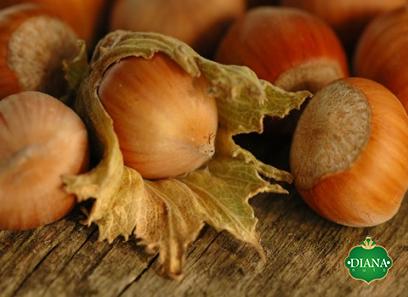


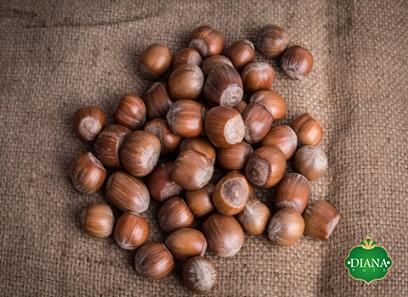


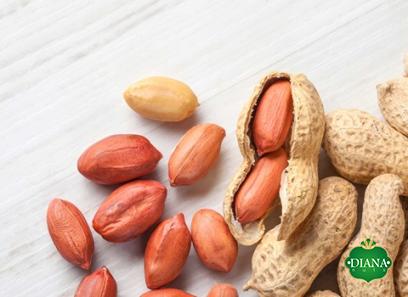
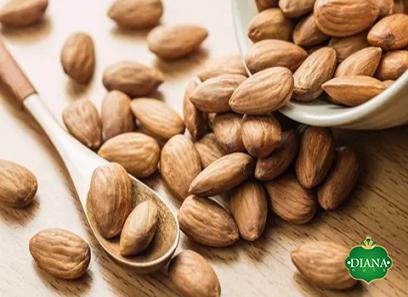
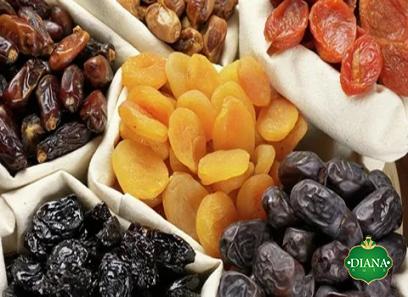
Your comment submitted.